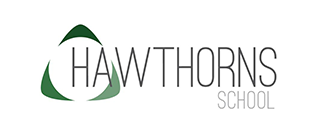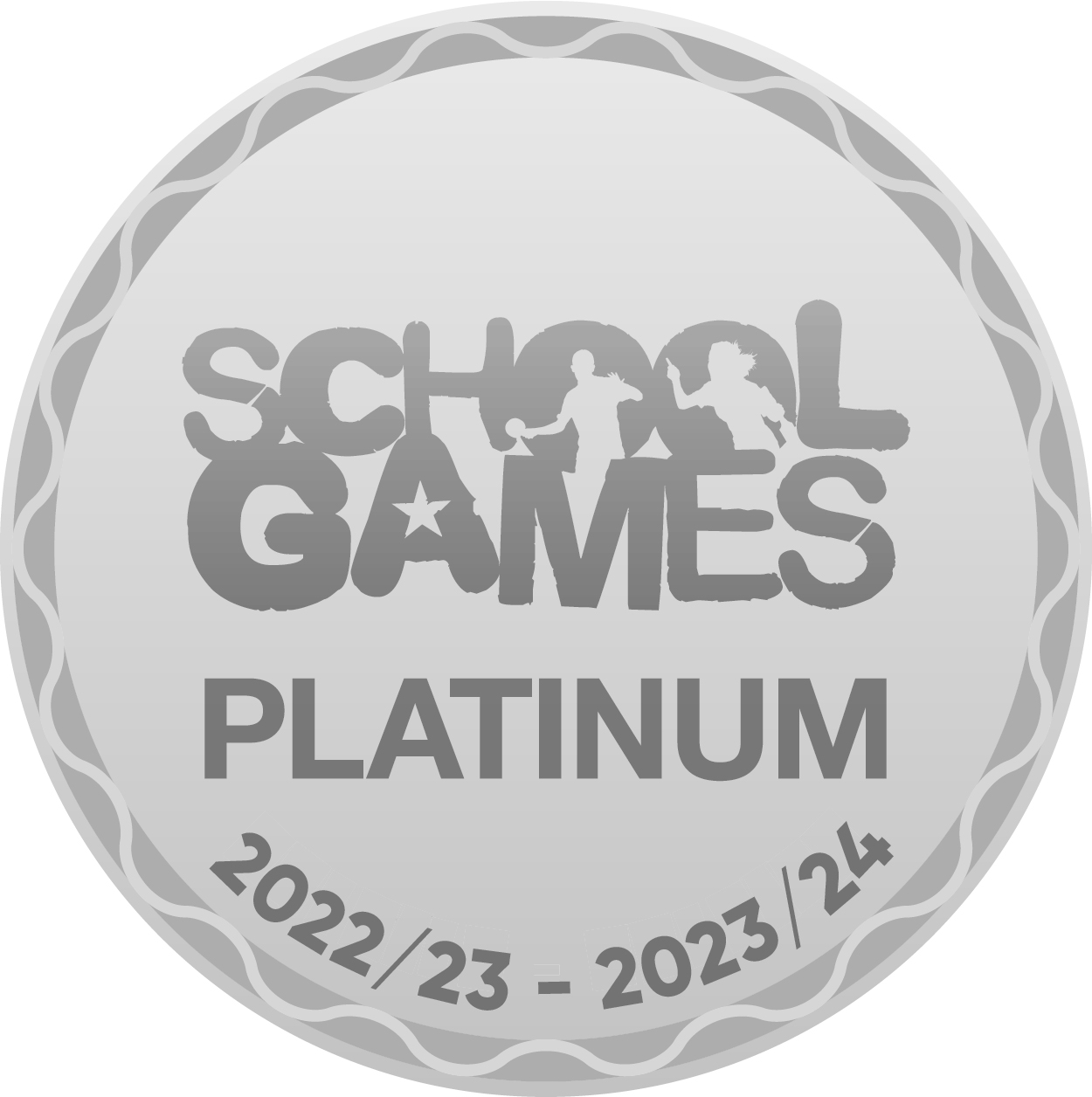Readiness to Learn
Intent
At Hawthorns we want all learning opportunities to be fun and meaningful to promote a love of learning. In order for this to happen we need to offer an environment rich in tangible and irresistible resources alongside responsive and engaging adults.
The Readiness to Learn Framework is split into 2 key areas; The Literacy Strand and The Numeracy Strand
Within the Literacy Stand there are 7 areas following a progressive path. The areas are; Imitation, Listening, Responding to Feature Function & Class, Intraverbal, Early Phonics, Early Reading and Early Writing.
Within the Numeracy Strand there are 2 areas; Visual Perception and Matching and Early Maths which is split into 2 areas number and shape, space, measure and time, which includes shape, measure, direction/coordinates, time and money.
The first 4 areas within the Literacy Strand and the Visual Perception and Matching framework are designed to be easily integrated into everyday activities and embedded into the natural environment through playful interactions for those early learners.
The last 3 areas within the Literacy Strand and the 2 areas of maths in the Numeracy Strand are targets taken from the main Reading, Writing, Phonics and Maths frameworks that have been broken down into smaller steps to help children develop early literacy and numeracy skills.
Implementation
The Readiness Framework is spilt into 2 strands; Literacy and Numeracy
The Literacy Strand is split into 7 areas:
Imitation – this is split into 2 levels;
Level 1
Imitating motor movements directly, spontaneously, including different body parts and objects.
Level 2
Imitating advanced actions, sequences, skills in the natural environment, and novel actions.
Listening – this is split into 3 levels;
Level 1
Attending to a voice through eye contact, responding to your name, discriminating between people and objects, following simple instructions.
Level 2
Discriminating between a wider variety of objects and people, responding to a variety of instructions including 2 component instructions.
Level 3
Following complex instructions including selection based on spesfic properties and preposistions.
Responding to Feature, Function and Class – this has 2 levels but begins at level 2 as it follows on from listening;
As children’s language skills develop they begin to understand more complex and abstract words. phrases and sentences. Listener skills assessed within this section of the framwork include the ability to correctly respond when objects are decribed and talked about but not spefically named.
Level 2
Determining the class that different items belong to, identifying items through descriptions, answering WH questions
Level 3
Discriminating between items with similar features, responding to more complex verbal stimuli involving 2 or more words that contain feature, function or class, answering different WH questions in succession on a single topic.
Intraverbal – split into 2 levels but beginning at level 2;
Intraverbal is whereby the speaker verbally responds to the words of others, talking about things that are not present, playing an important role in the development of conversation skills.
Level 2
Evoking specific words in responses to phrases and fill ins without the presence of objects or prompts, answering a variety of different (up to 25) WH questions.
Level 3
Responding appropriatley to naturally occuring verbal stimuli in day to day conversations, demonstrate up to 300 different intraverbal responses, answer questions after reading short passages of information, describe events to others, answer rotating WH questions one after another on the same topic for a variety of topics.
Phonics – split into 2 levels but beginning at level 2;
Throughout the school Phonics is taught using the TWINKL Phonics SSP programme.
Level 2
This is covers 7 different areas, which develop the foundation skills needed to develop word reading, blending and segmenting.
Level 3
Within the 2 steps, the first 8 phonemes are introduced alongside early blending skills and 4 high frequency words.
Reading – split into 2 levels but beginning at level 2;
Reading targets are taken from the main Reading framework and broken down into smaller steps. These cover Word Reading, Comprehension, Book features and Blank level Questioning.
Level 2
Word Reading – Linking to level 1 of phonics to continue to devleop early reading skills.
Comprehension – Developing an interest in reading and sharing stories.
Book Features – Developing ‘reading-like’ behaviours and skills for handling books.
Blank Level Questioning Level 2 – Matching, finding, naming objects ‘look at it’.
Level 3
Word Reading – Linking to level 2 of phonics to continue to devleop early matching and blending skills.
Comprehension – Developing ideas and speech linked to well-known stories.
Book Features – Developing reading behaviours including turning pages, holding the book the correct way.
Blank Level Questioning Level 2 – Analysing, describing, identifying, remembering information ‘talk about it’.
Writing – split into 2 levels but beginning at level 2;
Writing targets are taken from the main Writing framework and broken down into smaller steps. These cover Composition, SPAG and Recording. Alternative Recording targets are set for children with good phonics knowledge who don’t have the fine motor skills to write.
Level 2
Composition – Developing vocabulary and ideas through small world play or story sharing.
SPAG – Developing an understanding that marks and letters convey meaning.
Recording - Devleoping early mark making skills through a progression of shapes.
Level 3
Composition – Developing early writing in line with phonics knowlegde and retelling events in sequence.
SPAG – Composing simple sentences orally or using symbols.
Recording - Developing letter formation and handwriting.
The Numeracy Strand is split into 3 areas:
Visual Perception and Matching
Level 1 – Visual attention, hand-eye coordination, task motivation and matching identical items
Level 2 – Matching items identical and non identical items in an increasingly complex visual array, shape and colour sorting and matching items across dimensions.
Level 3- Matching in a functional way in a natural environment, demonstrating a generalised matching repotiore (finding the closest match), assembling 3D shapes from 2D samples, sorting items into self determined catergories, identifying and continuation of patterns and sequences (up to 3 steps).
Maths - split into 2 levels but beginning at level 2
Maths targets are taken from the main Maths framework and broken down into smaller steps. These cover Number and counting sets.
Level 2
Number – Working with numbers 1-10, identifying, ordering and counting forward/backwards
Counting Sets – Developing one to one correspondence for numbers 1-10.
Level 3
Number – Working with numbers 0-30, identifying, ordering and counting forward/backwards
Counting Sets – Developing one to one correspondence for numbers 1-20 and early addition and subtraction skills.
Shape, Space, Measure and Time - split into 2 levels but beginning at level 2
Shape, Space, Measure and Time targets are taken from the main Maths framework and broken down into smaller steps. These cover Shape, Measure, Direction/Coordinates, time and money. These progress through level 2 and 3 to build on skills previously taught.
Impact
Through the Readiness to Learn Framework, our pupils will learn to enjoy interactions, follow instructions and routines and begin develop early academic skills, all whilst having fun in immersive and interactive environments. Our pupils will see the value in the learning opportunities offered and be motivated to take part in all activities on offer.
Our pupils will ultimately develop a love of learning and people; the impacts of this are invaluable.






